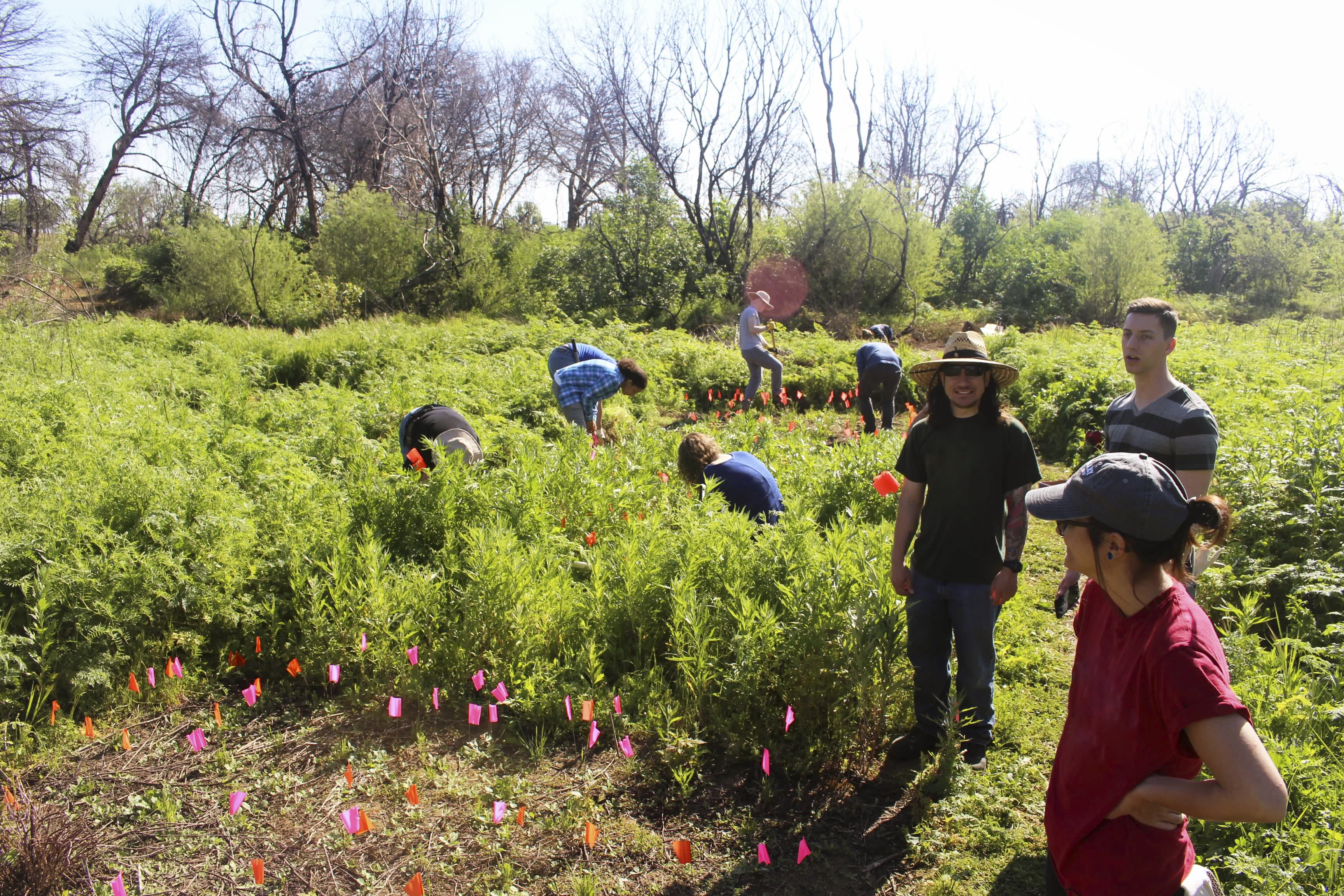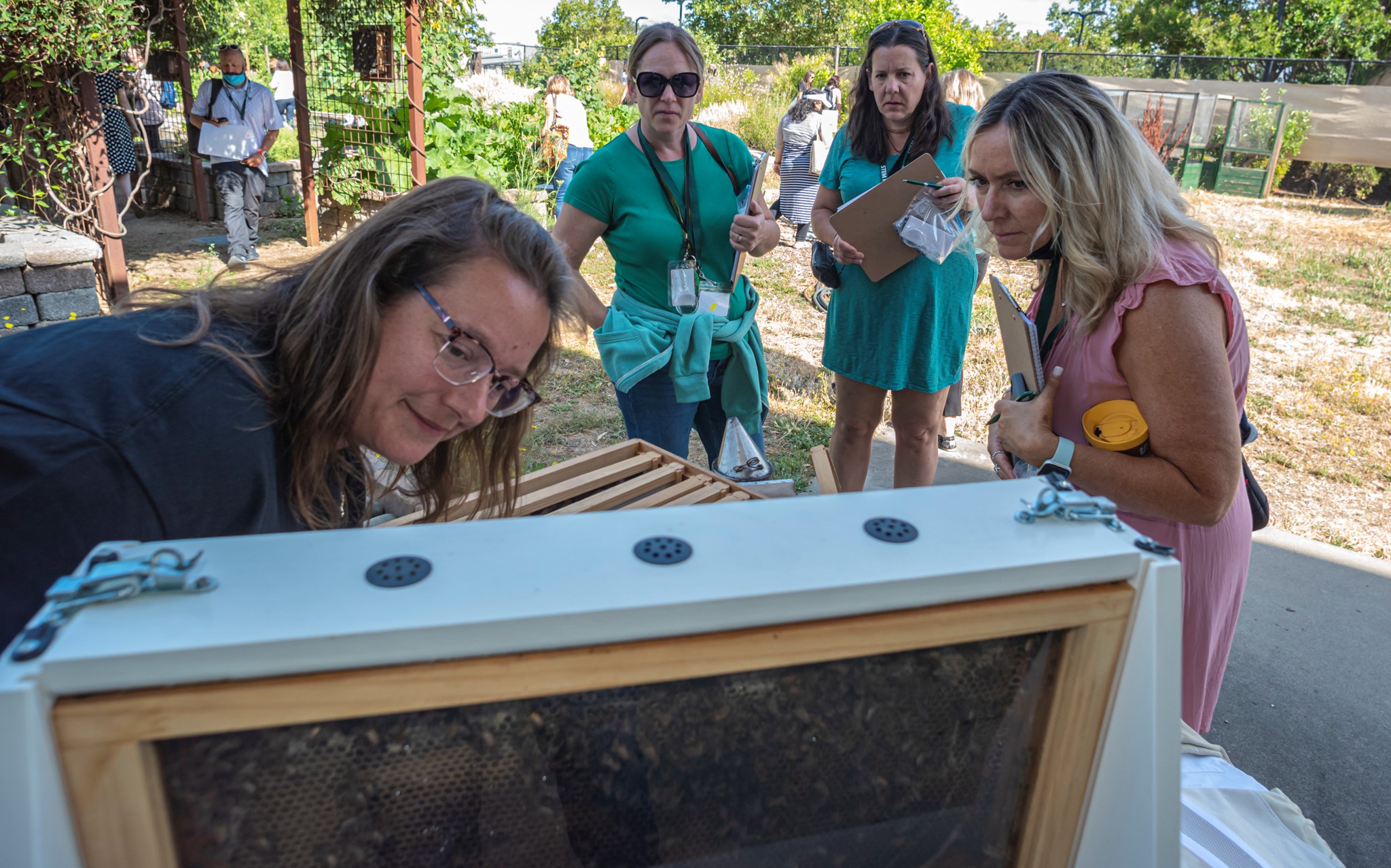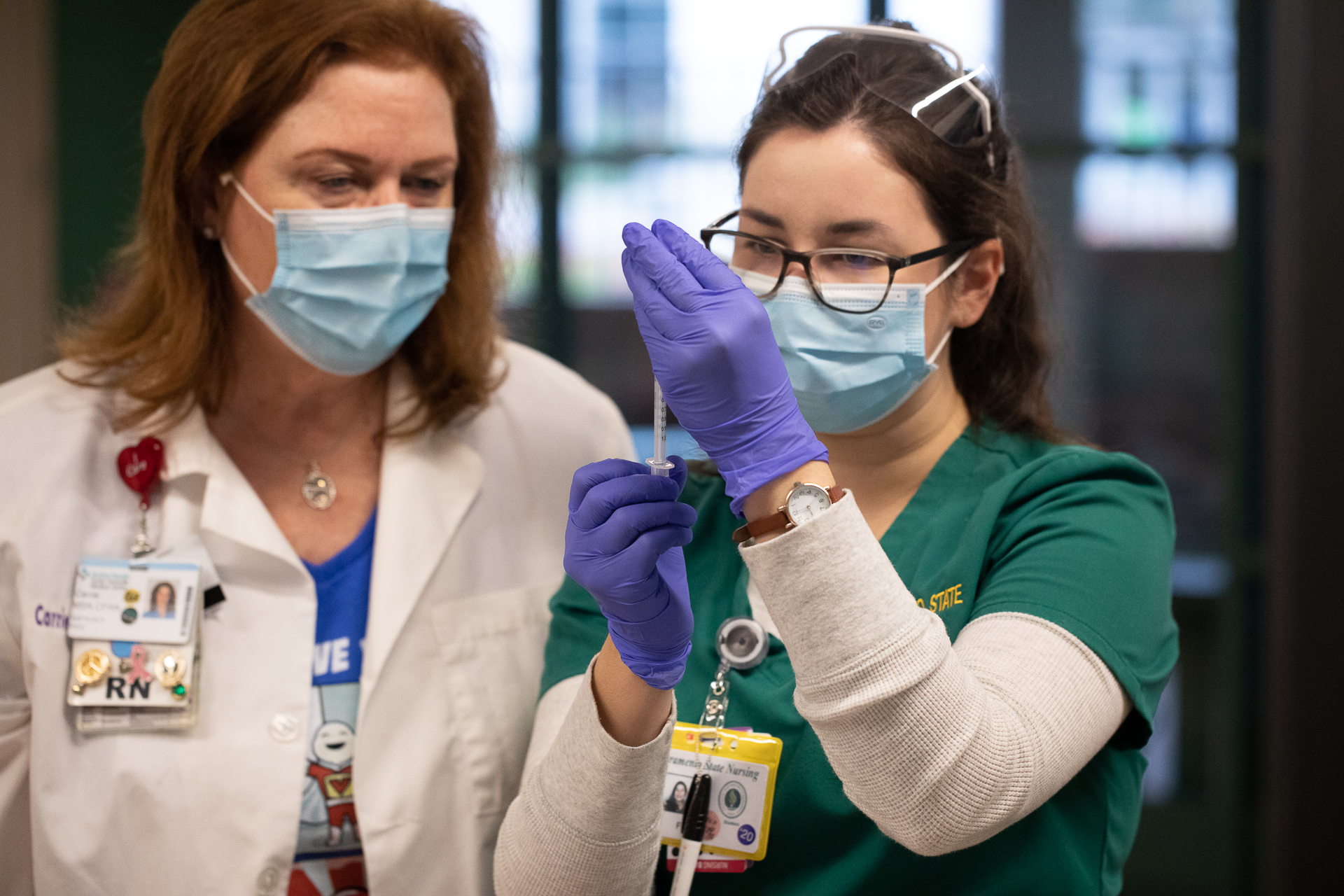Story Content
Sac State Planetarium partners with NASA to show first deep space images from James Webb Telescope
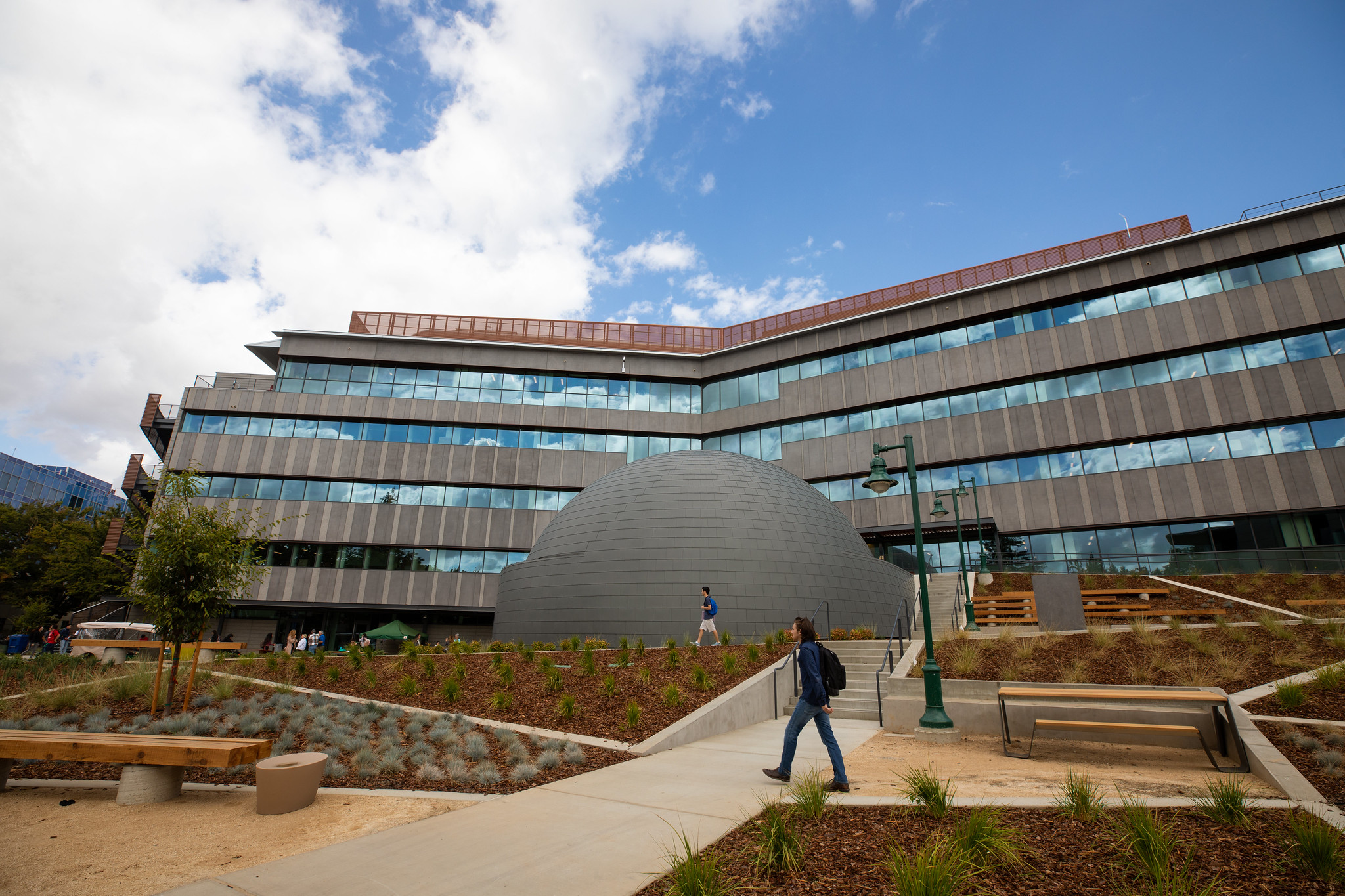
July 08, 2022
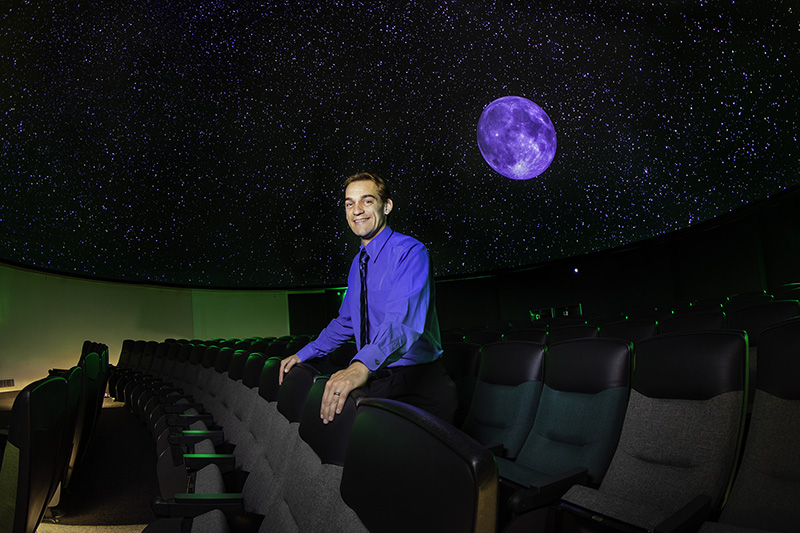
One of astronomy’s most important storytelling instruments shared its first visual tales with the world on Tuesday, July 12, and Sac State’s Planetarium played an important role in presenting that next chapter of deep space exploration to the public locally.
The Planetarium hosted a free open house 10 a.m.-3 p.m. Tuesday, July 12, to show off the first images of deep space captured by the James Webb Telescope, an instrument capable of peering into the origins of the universe. The public is welcome.
Hundreds of people from the community attended the free event.
NASA partnered with Sac State and other institutions across the country to release new pictures provided by the telescope, which is orbiting the sun a million miles from earth, said Physics Professor Kyle Watters, the Planetarium’s director.
At the Planetarium, visitors viewed the highly anticipated images “plastered across our enormous 2,500-square-foot dome,” Watters said. Astronomers were on hand to describe the images and answer questions.
Sac State plans to schedule more viewings, possibly beginning in August, Watters said.
The Webb telescope, which was launched atop an Ariane 5 rocket on Christmas Day 2021, features a gold-coated mirror spanning more than 21 feet. NASA said the telescope’s revolutionary technology will study every phase of cosmic history by collecting light from the first stars and galaxies that formed after the Big Bang. Its infrared scope allows it to peer through dust and gas, giving scientists the ability to explore unprecedented territory to help them understand the origins of the universe.
“Webb will directly observe a part of space and time never seen before,” NASA’s website says. “Webb will gaze into the epoch when the very first stars and galaxies formed,” more than 13 billion years ago. It also will be a powerful tool for studying planets and other bodies in our solar system, according to the agency.
That work is underway, and the new images will show what the telescope has seen so far.
NASA this week released a list of cosmic objects that were revealed Tuesday. They include galaxies, nebulas, and a giant planet outside our solar system known as WASP-96 b, which is 1,150 light years from earth.
The information that Webb is collecting could offer “the first-ever evidence of signs of life elsewhere,” Watters said.
“This incredibly sensitive instrument can pick up tiny little changes in the light from another star that are caused by the atmosphere of a planet orbiting that star,” he said. “The composition of that atmosphere could reveal signs of life. We have never really been able to do this very well before.”
Scientists all over the world eagerly awaited release of Webb’s images, and the telescope will continue to deliver information for perhaps the next two decades. Watters said he looks forward to sharing its discoveries with his students and the public.
“I’m so excited to be an Astronomy professor right now,” he said. “Every year we will be able to talk about new images and discoveries coming from Webb.”
In the news:
Media Resources
Faculty/Staff Resources
Looking for a Faculty Expert?
Contact University Communications
(916) 217-8366
communications@csus.edu
